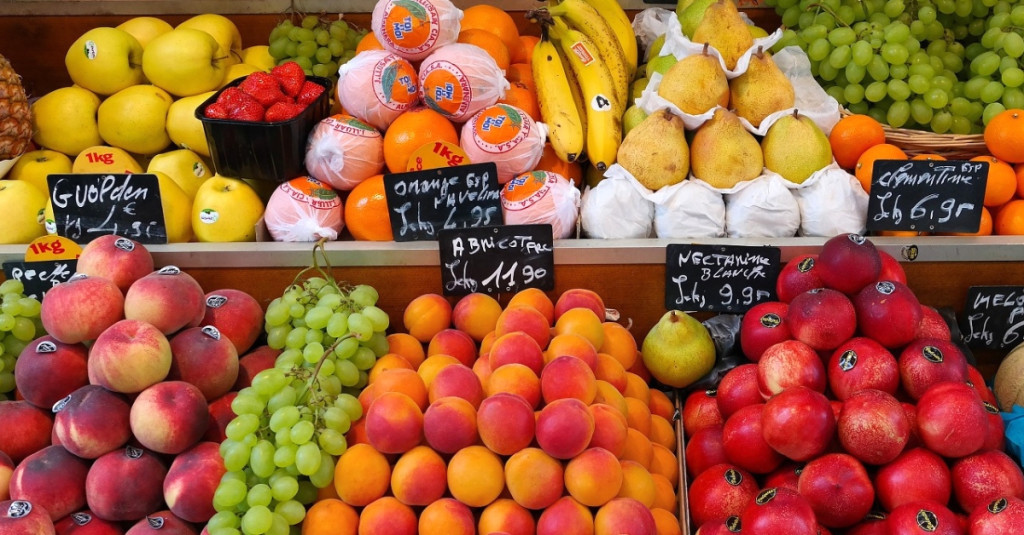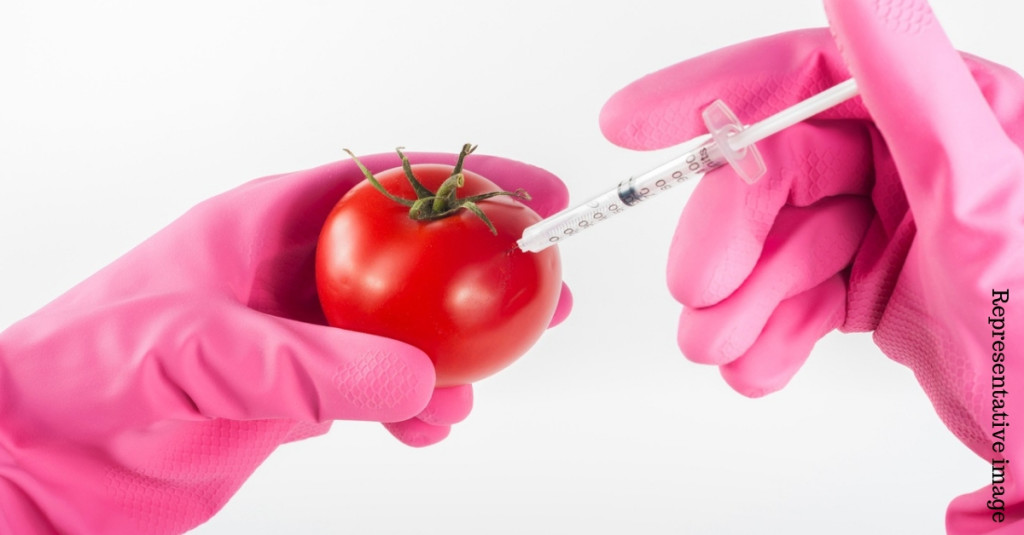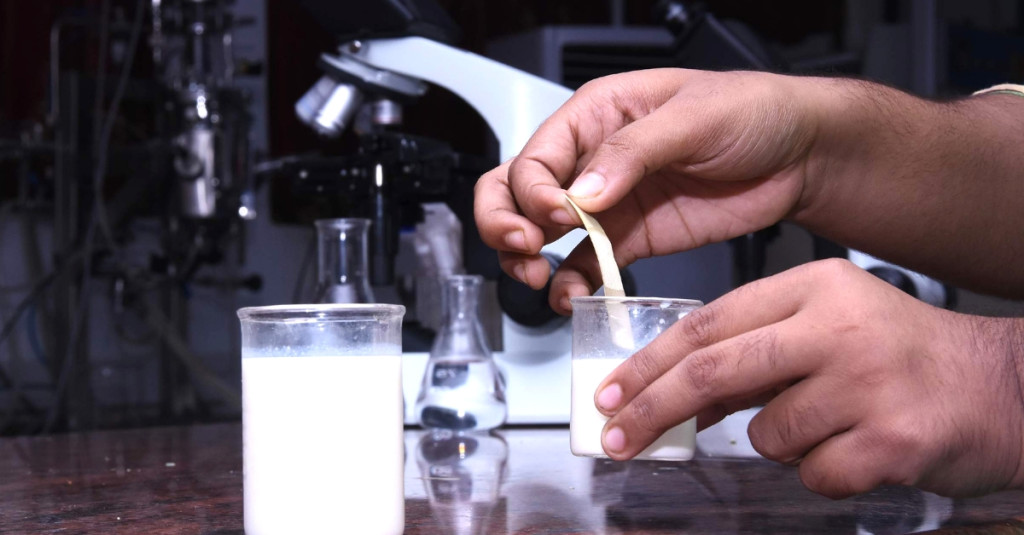“Nowadays, most of the milk we consume is contaminated with urea, detergent, soda and so on. They are added to increase the stability and the colour.”
In the last few years, environmental awareness and increased understanding about what we are consuming has led to a definite rise in the consumption of organic food items, whether it is fruits and vegetables, or even food grains, pulses, tea, and even spices.
Organic food products in are either a result of farmers growing crops, without the use of synthetic fertilisers or are processed products made from organically produced raw materials.
While some people can afford to grow their own organic vegetables on their terraces or farms, not many have the luxury to do so and have to depend on the organic food available in the market.
But, are you sure that the food you are paying a hefty price for is actually organic?
Hemalatha Rajendran, a BTech graduate from Chennai has a simple test for you to see whether your organic food is, in fact, organic, or is mixed with urea, pesticides or any other foreign ingredients.
Hemalatha’s father, an MTC (Metropolitan Transport Corporation) driver, had wished for his daughter to utilise her education to develop something that could be of use to the common man. Taking her father’s advice and applying her knowledge about biotechnology, Hemalatha developed an apparatus that can easily show any user whether the food on their table is infused with chemicals or not.
Speaking to Edex Live, Hemalatha said,
“Nowadays, most of the milk we consume is contaminated with urea, detergent, soda and so on. They are added to increase the stability and the colour.
A case had also been filed in the past asking the court to certify organic food products.”
Hemalatha developed strips of A4 sheets, like a litmus paper that could be dipped in milk and a change of colour would indicate the impurities in it. She dipped the A4 sheets in a reagent that she discovered while working on a pesticide detection tool. “The reagents I used are the ones labs generally use to detect urea or pesticide,” she told the publication.
Once ready, the strips can be used by a layman to test the authenticity of their organic products.
“The pesticide detection tool is made from decolourised sketch cartridge in which the reagent is introduced. It has a stability of 10 days and costs Rs 5 per 10 strips. Since it is based on the colourimetric method, even a common man can use it without any technical skill,” she explains.
In case of milk, if the dipped strip turns from pale yellow to a brighter shade, it signifies the use of urea in the liquid. In case of testing veggies and fruits, you need to put a drop of extract from them on the strip. If it turns bluish, it has chemicals in it.
Hemalatha is now preparing for her UPSC exams, and her simple test can be a game changer for those who feel cheated by organic products in the market.
(Edited by Gayatri Mishra)
Article Source: The Better India



